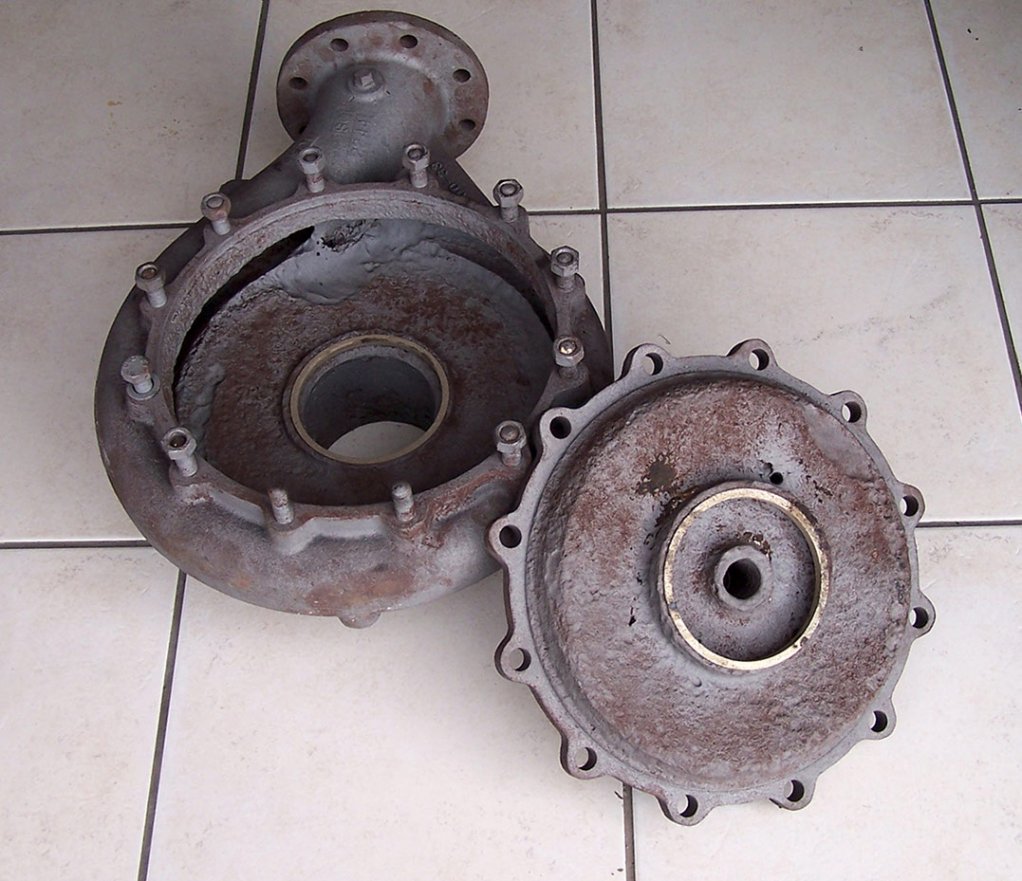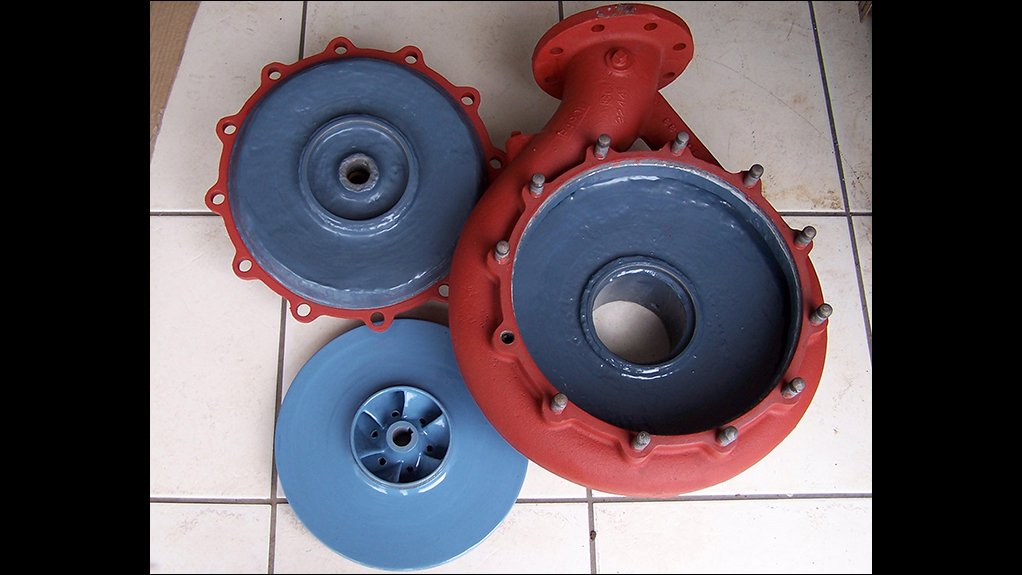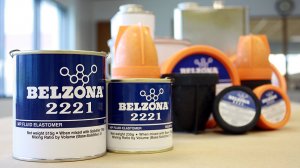Pump systems and complementary pump products provider Mechanical Rotating Solutions (MRS) provided an emergency repair solution for a Pretoria-based cement manufacturer’s conveyor belt at the end of last year, showcasing the “versatility of Belzona-engineered coatings”.
MRS CEO Franscois Steenkamp states that MRS was contacted by the client after repeated failures on the vertical roller mill conveyor belt.
“The manufacturer reported that the conveyor skirting kept on tearing loose, resulting in the transported limestone no longer being guided on the moving belt.”
MRS repaired the damaged conveyor belt using Belzona 2221 MP fluid elastomer, a two-part polyurethane resin designed for the repair and coating of rubber and metal components, as well as the casting of new components.
Belzona 2221 is designed for a fast repair, rebuilding and coating of rubber and metal components where durability and elasticity are required. The flexible rubber repair material is designed for emergency and permanent applications where high-build, high-abrasion and tear resistance are required.
“Minimising downtime was of the essence. Considering the main three methods of conveyor belt repair – hot vulcanisation, and using mechanical fasteners and cold bond resins – the client decided that Belzona 2221, a cold bond resin, would be the most suitable option.”
Steenkamp says hot vulcanisation must be performed by a trained professional, as it requires time for a specialised vulcanising crew and equipment to be brought to site. This can result in long shutdowns.
Further, the time required for the procedure must be considered, as the cooling phase can take several hours.
“While repair techniques, such as hot vulcanising, are well established, it can also be expensive. Using mechanical fasteners provides a good emergency system, but if damaged by corrosion or impact, the fasteners can damage the conveyor belts and rollers.”
Belzona 2221 material is, however, easy to apply without requiring specialist tools and cures at room temperature, eliminating the need for “hot work”. Belzona does not corrode and is also resistant to a range of chemicals.
Cold-cure flexible rubber repair resins offer a rapid and reliable alternative to metallic clips and vulcanisation techniques for ripped, worn and holed conveyor belts.
Steenkamp emphasises the tough operating conditions in the cement industry, resulting in conveyor belts being subjected to a range of demands.
Conveyor belts are exposed to excessive wear as a result of the materials they transport and the friction generated from the rough sliding and impact of these materials.
Although the equipment surfaces of these belts are expected to absorb some of this impact, jagged and sharp material can still penetrate the rubber material, tearing and splitting the conveyor belt.
Protecting Slurry Pumps
Steenkamp states that MRS has been at the forefront of coal mining corrosion control, coatings and tribology products to resolve the challenges of erosion, corrosion and physical damage, particularly in slurry pump systems.
He says the erosion of slurry pump systems and its internal systems is “a severe problem”, which should be prevented or detected at an early stage.
The company has gained experience servicing collieries in Mpumalanga. MRS uses a range of Belzona coatings for the protection and refurbishment of metal surfaces to deal with the severe erosion and corrosion that occurs in slurry pump systems in coal mines.
Typical applications of this protective coating include impellers, water box ends and flange faces.
Steenkamp argues that, when trying to prevent severe cavitation and corrosion, applying a hard epoxy, such as Belzona, before commissioning a pump is more ideal than changing the internal pump parts into a cavitation-resistant material such as stainless steel.
He asserts that cold bonding adhesives can also conform to irregular shapes and substrates, filling the void between the surfaces. This ensures 100% contact, which enhances load-bearing capability.
While welding is a popular bonding technique, Steenkamp warns that it presents challenges in several industries such as the coal industry.
Cold bonding is now considered a viable alternative to welding for several reasons, including there being no risk of sparks or electrical hazards and its not requiring “hot work” permits, he argues.
Further, fast and simple on-site application without needing special equipment makes cold bonding ideal for emergency and challenging application areas where access is restricted. There is also no need for on-site machining, or stress relieving and post-weld heat treatment of the finished weld.
Edited by: Zandile Mavuso
Creamer Media Senior Deputy Editor: Features
EMAIL THIS ARTICLE SAVE THIS ARTICLE
ARTICLE ENQUIRY
To subscribe email subscriptions@creamermedia.co.za or click here
To advertise email advertising@creamermedia.co.za or click here

















